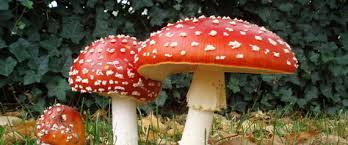When I was in Israel last spring, I revisited the Israel Museum. Among the many gorgeous and memorable exhibits I saw, I was struck by and spent much time examining one particular sculpture: Griffin with the Wheel of Fortune.
I did not know much about the back story to this sculpture until yesterday, as I was reading "The Marriage of Cadmus and Harmony," by Roberto Calasso. In this book, Calasso retells in a panoramic format the entire history of the Greek myths. According to Calasso, the wheel of destiny belonged to the goddess Nemesis, who was reportedly so beautiful that people could mistake her for Aphrodite. She undoubtedly passed on this great beauty to her daughter, Helen (she whose face would one day launch a thousand ships). He further describes her as the "goddess of the offense that boomerangs back on its perpetrator." In more common parlance, Nemesis is usually portrayed as the agent of divine punishment for wrongdoing or presumption (hubris). The wheel of destiny stood beside Nemesis and could also become the wheel of her griffin-drawn chariot. Nemesis also held the urn of destiny.
As we enter into the coldest and darkest part of winter, I struggle between a desire to plunge down into darkness and isolation, and a resistance to doing so. When I succumb to the descent, it is a time of deep introspection, manifested in long, quiet yoga sessions and extended poetry reading. That is Janus' benign winter face. Janus' negative face, however, is the self-scrutiny that I undertake this time of the year and which, taking place as it does in Nemesis' shadow, can have an excoriating aspect. In this aspect, I look at my struggles and hardships not merely as necessary and inevitable parts of a deeply complex life, but rather as Nemesis' divine punishment for wrongs I committed in the past. Some recent, but some decades or more old now. Spring seems a long way off yet.

